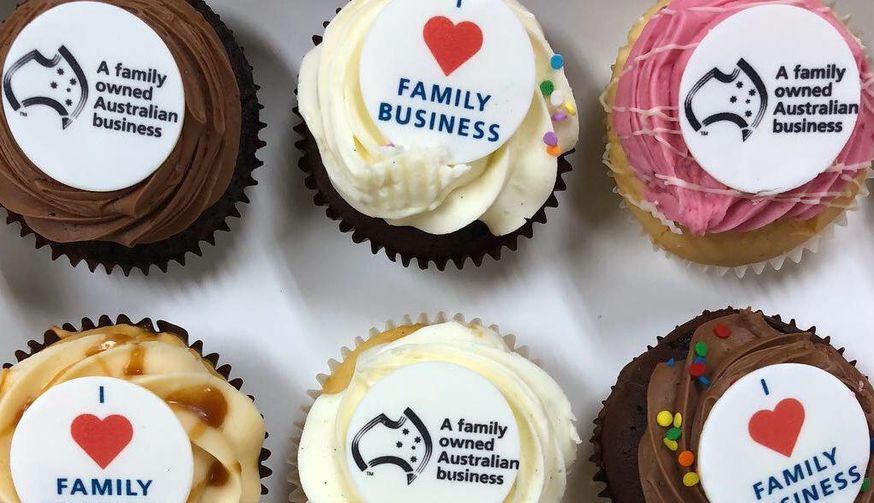Franchising is like a marriage
Will the new changes to the Franchise Code ensure more franchisee success?
A new Franchising code was released on the 1st of July. The new fully updated Code Legislation can be downloaded!
More disclosure and a stronger contract will not guarantee franchisee success. Instead, a strong business model, passionate franchisees, and a strong relationship between the franchisor and franchisee benefiting both parties’ needs.

I have been working in franchising for over 20 years. I was CEO at La Porchetta for fifteen of those years. La Porchetta began with one restaurant in 1985 and worked hard to get the formula right before opening a second restaurant five years later. At that stage, franchising was a relatively new business model, and the early pioneers were pretty much starting from scratch to put the suitable business models in place. At every stage, however, there was a long-term vision in mind. There was a commitment for the long haul.
One of the most important things I’ve learned along the way is that a franchised business has to be sustainable.
In this time, I’ve seen many companies grow quickly for five years or so and then implode. Having a great model is a start. However, the best way to ensure the longevity of your business is to have the right systems in place with strong recruitment processes and a culture that nurtures the relationship between franchisor and franchisee. In most cases, franchise businesses that did not make it didn’t pay enough attention to support and the importance of sense checking the franchisee sentiment along the way.
Building a solid framework for sustainable growth means putting systems in place where both the franchisor and the franchisee have profitability and alignment. Some of the procedures required are not just about financial metrics; nurturing the franchise relationship is equally important. Otherwise, in the end, everybody loses.
An open and transparent relationship with franchisees is crucial.
A strong relationship is the only way to keep a business healthy and vibrant. I think of it as a kind of “courtship and marriage” where we get to know each other in the early days and then work hard to create a great relationship where everyone puts in the very best they can.
Franchisees must understand the business they are entering, alongside getting professional business advice to understand the investment clearly. Still, more importantly, franchisees need to be clear on what the commitment will be and the alignment of their values and personal goals.

Some of the franchisee failures that I have seen are not because the franchisee did not understand the legal document but because they did not understand the commitment required to run the business. Although there are many franchise models to choose from when investigating where to invest, franchisees need to understand what will suit them best and the passion they have for it.
Franchisors need to have robust franchisee recruitment and induction process, where franchisees are clear on what it means to be a franchisee with their brand and the commitment required to succeed.
It may mean that the franchisor says ‘no’, more often.
Saying ‘no’ to prospective franchisees early in the process may mean slower growth. However, recruiting the franchisees more aligned and ready for the commitment will be more sustainable and lead to more successful businesses.
Along the journey, it is also vital that both franchisors and franchisees re-assess the relationship at least annually and check that it is still working. I have seen many instances where a franchisee stayed in the brand too long even though they were no longer aligned or passionate about the business.
Succession planning should be discussed openly so that a plan that works for both parties can be devised.
Like in a marriage, if the franchisor and franchisee do not nurture the relationship, it will end badly.
Ciao,
– Sara Pantaleo, Affari SP Founder
Franchising is like a marriage Read More »











